Look No Further Than Hyacinth For Joyful Springtime Flowers – How To Grow Common Types

BULBS > HYACINTH
Reviewed By ROY NICOL

Roy is a Professional Gardener and Horticultural Consultant, specialising in large garden year-round maintenance and garden development. He is an RHS Master of Horticulture and uses his research in the application of no-dig methods in ornamental garden settings. Roy has been a Professional Gardener for more than six years and is a member of the Chartered Institute of Horticulture, Professional Gardener's Guild and Association of Professional Landscapers (Professional Gardener).
HYACINTH GUIDES
If you want stunning springtime flowers for your garden, look no further than hyacinths.
The blooms are borne in dense clusters which then open into charming flowers that are like flared bells opening into curvy stars.
They occur in bright, popping colours in cool purples, warm yellows, and hot pinks.
Overview
| Botanical Name | Hyacinthus orientalis |
| Common Name(s) | Hyacinth |
| Plant Type | Perennial / Bulb |
| Native Area | Eastern Mediterranean |
| Hardiness Rating | H4 |
| Foliage | Deciduous |
| Flowers | Somewhat bell-like and star-shaped face-on, with flared, recurved petals |
| When To Plant | September-October |
| When To Prune | March-April |
Sunlight
Preferred
Full Sun
Exposure
Sheltered
Size
Height
0.1 – 0.5M
Spread
0 – 0.1M
Bloom Time
Spring
Soil
Preferred
Most fertile soils
Moisture
Moist but well-drained
pH
Acidic to neutral
Hyacinths are most commonly known in tones of blue through violet, but decades of floriculture have resulted in cultivars in rich, deep hues of yellow, orange, pink, and near-red plus white besides more shades in the traditional cool-spectrum colours.
Genus Hyacinthus is a member of the Asparagus family, and it includes only three species of which just one, Hyacinthus orientalis, is parent to popular garden cultivars.1Household and Garden Plants. (2006, January 1). Science Direct; Elsevier BV. https://doi.org/10.1016/b0-72-160639-3/50022-8
It should not be confused with grape hyacinth, which is a different plant.
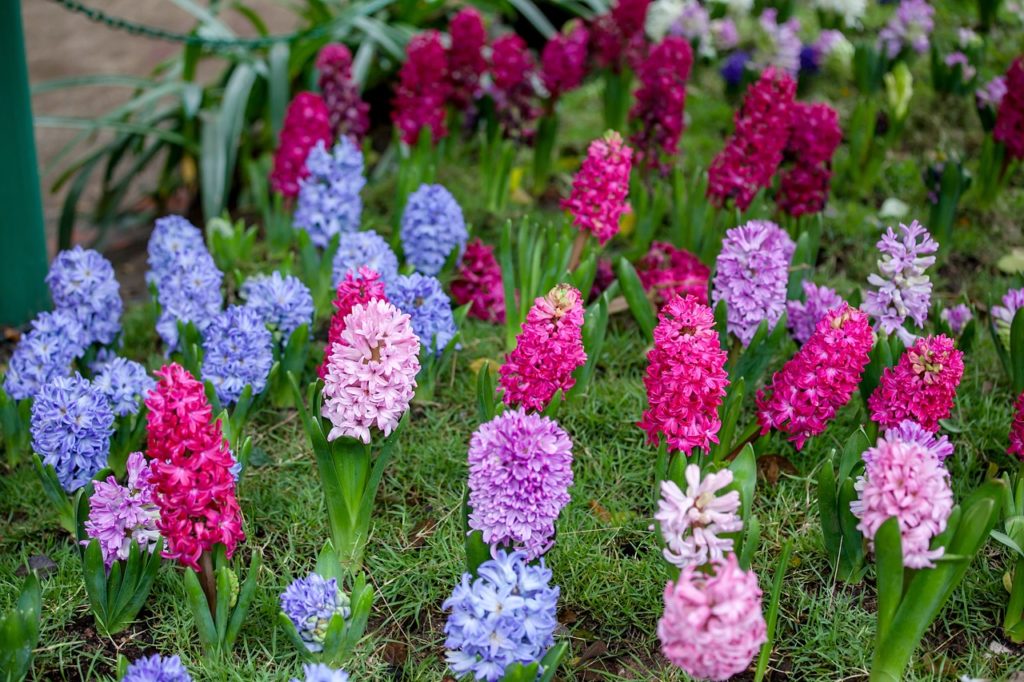
Though Hyacinthus orientalis is native to the Eastern Mediterranean, these plants have been appropriated by Europe, particularly the Netherlands.2The BRAHMS Project, University of Oxford, Department of Plant Sciences. (n.d.-e). Hyacinthus orientalis. Oxford University Plants. Retrieved March 20, 2023, from https://dps007.plants.ox.ac.uk/bol/plants400/Profiles/GH/Hyacinthus
Each bulb produces several long strap-like leaves of a glossy, bright green hue from the centre of which rises a stalk bearing massed flowers.
They are well-known heralds of spring and announce the season with their sweet fragrances that often suffuse the nearby area with heady perfume.
Hyacinths, with their densely packed flower spikes, are truly a show-stopping plant.
Common Varieties
Underneath we run through some of the most desirable common varieties that all bloom between March and April:
H. orientalis ‘L’Innocence’
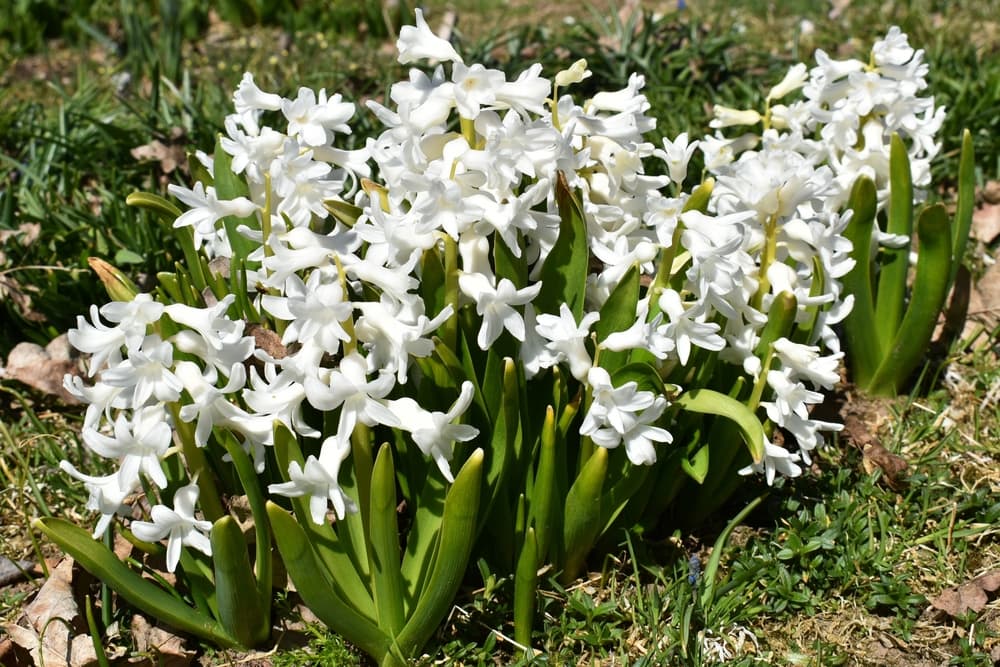
Has pure white flowers that are intensely fragrant.
H. orientalis ‘Yellow Queen’
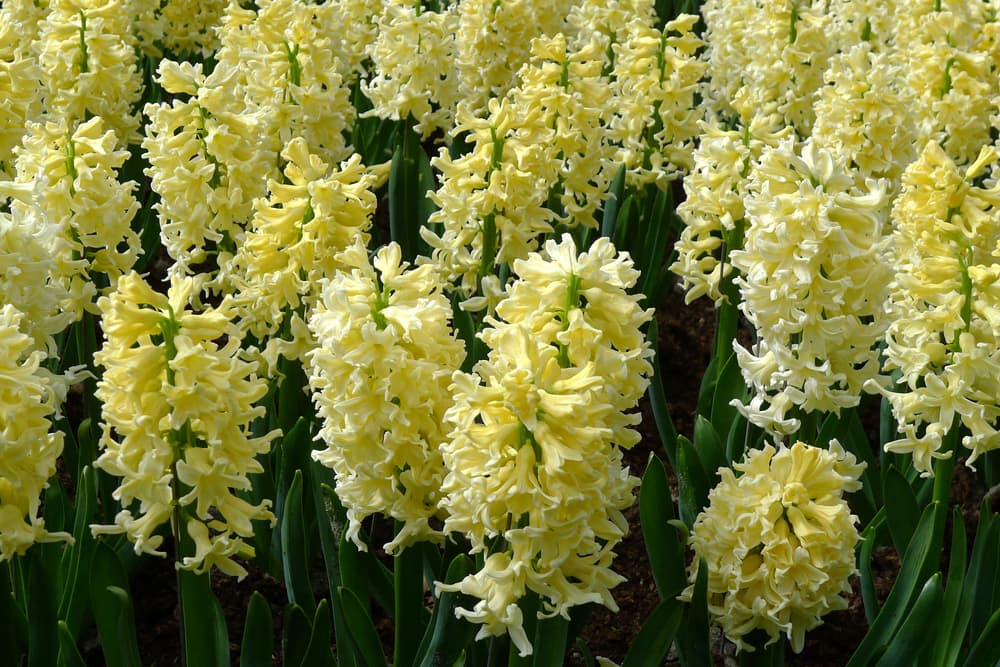
A floriferous variety whose flowers are sometimes light yellow but more often are a rich cream.
H. orientalis ‘City of Haarlem’
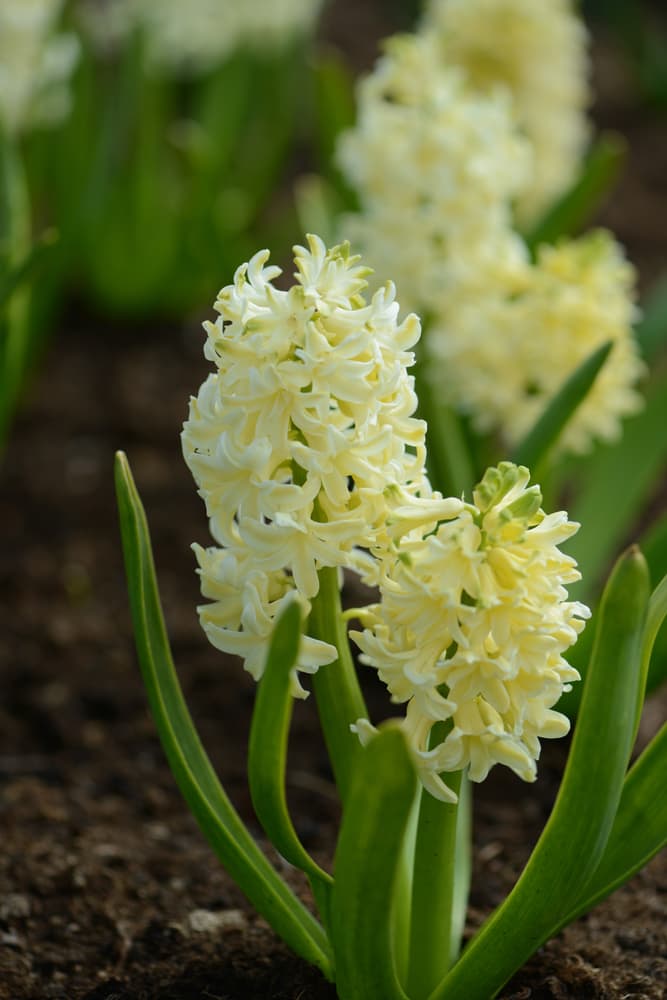
Bears dense heads of fragrant flowers of a creamy primrose yellow hue.
H. orientalis ‘Fondant’
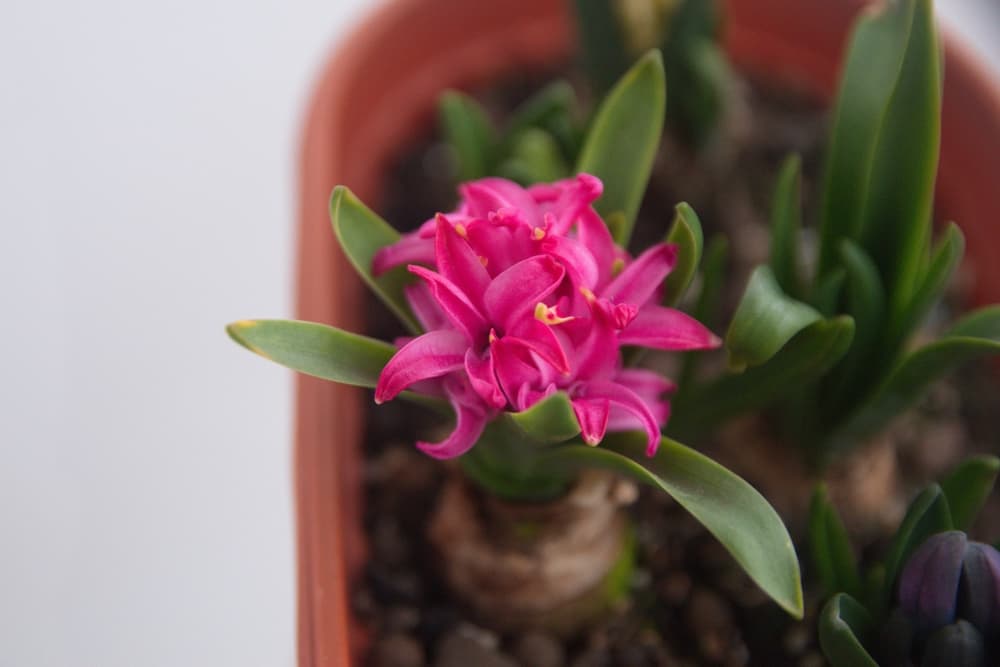
Aptly named because of its bright bubble-gum pink or frosted pink hue, sometimes towards magenta.
H. orientalis ‘Jan Bos’

One of the most popular cultivars, producing dense clusters of flowers with a bright pink-red colour that are also intensely fragrant.
H. orientalis ‘Blue Festival’

Produces delicate-looking flowers in loose clusters, but unlike most varieties, it sends up two or more flowering stalks.
H. orientalis ‘Delft Blue’

Also one of the most popular cultivars with sweetly scented flowers that are a bright purplish-blue.
H. orientalis ‘Ostara’

Produces flowers in an unusual shade of purple; a gently glazed, greyish purple.
H. orientalis ‘Royal Navy’

Rises to only about 20cm and is a floriferous variety bearing deep blue flowers in dense clusters.
Planting Hyacinth
Hyacinth bulbs should be planted in the ground pointed side upward at a depth of 10cm so that the pointed side faces upwards.
If planting in containers, the best way to do this is to plant the bulb only about halfway into the soil and then add a little more soil around the bulb to the right level.
This helps to prevent the bulbs from becoming waterlogged.
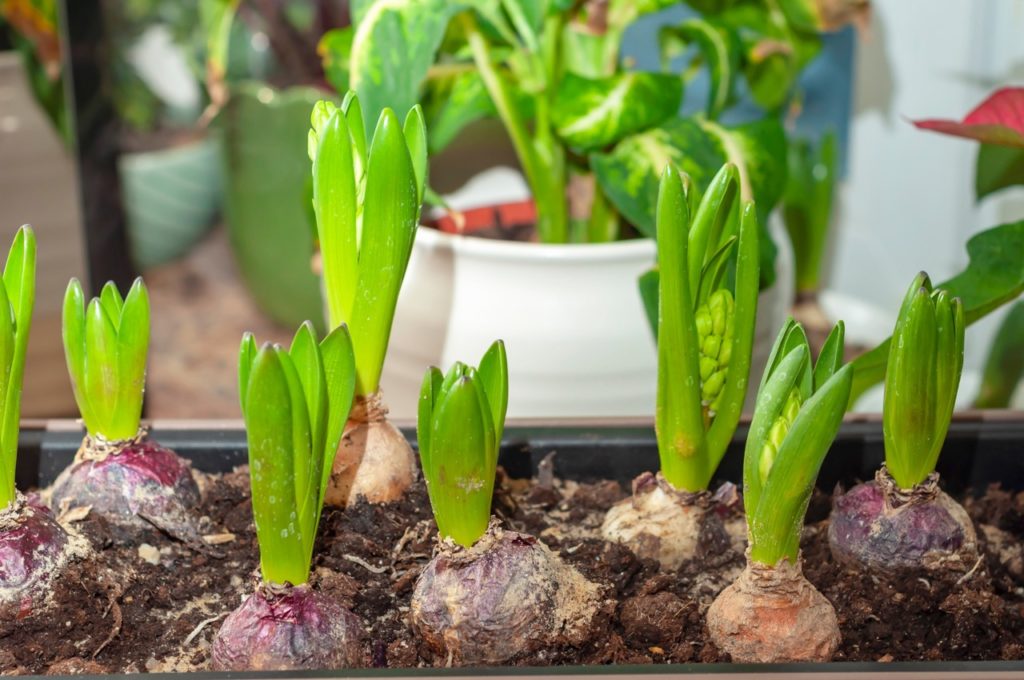
Gently pat down the soil but do not pack it in. Bulbs should be spaced apart by at least 10cm.
When To Plant
Early to mid-autumn, specifically September and October, are the best months to plant hyacinth bulbs for spring blooms.
Hyacinth Plant Care
Preferred Aspect
Hyacinths should be sited in full sun.
Although a couple of hours of shade is fine, if these plants get too much shade, flowering will be affected.
Soil Requirements
The best soil for outdoor hyacinths is fertile and loam-based, amended with a little organic content, with an acidic to neutral pH.
Soil should not be densely packed and should drain very well.
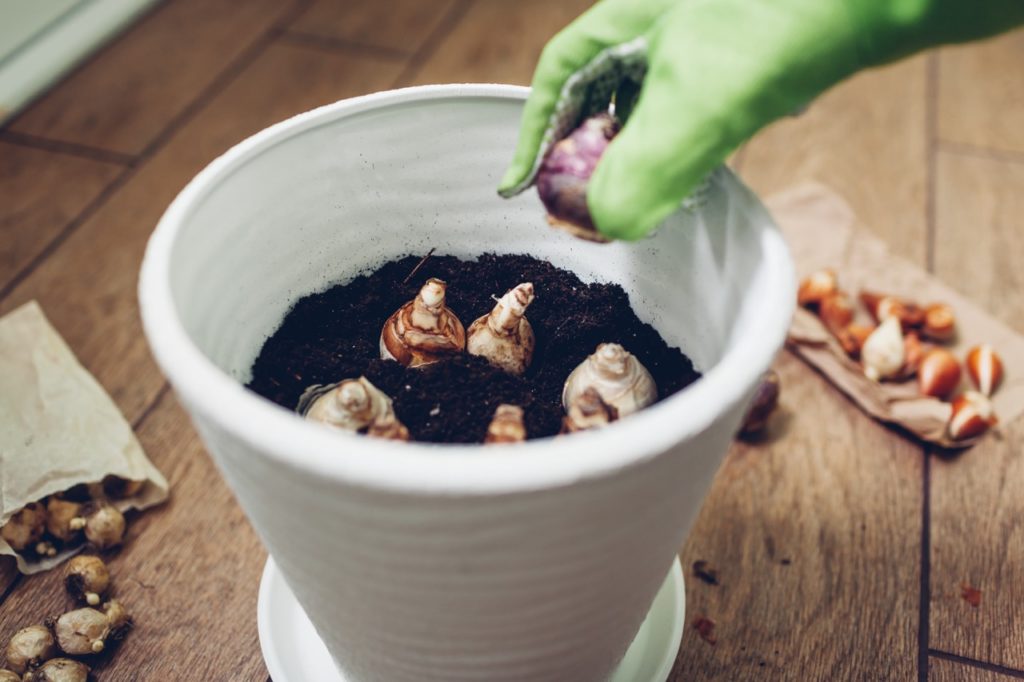
To accomplish this, you may amend the soil with gravel or perlite.
The soil must not stay consistently wet as this can bring about bulb rot.
Watering
Water the plants regularly but make sure not to overwater as hyacinth bulbs are especially susceptible to bulb rot.
The soil should remain moist and only be watered again when it has dried out.
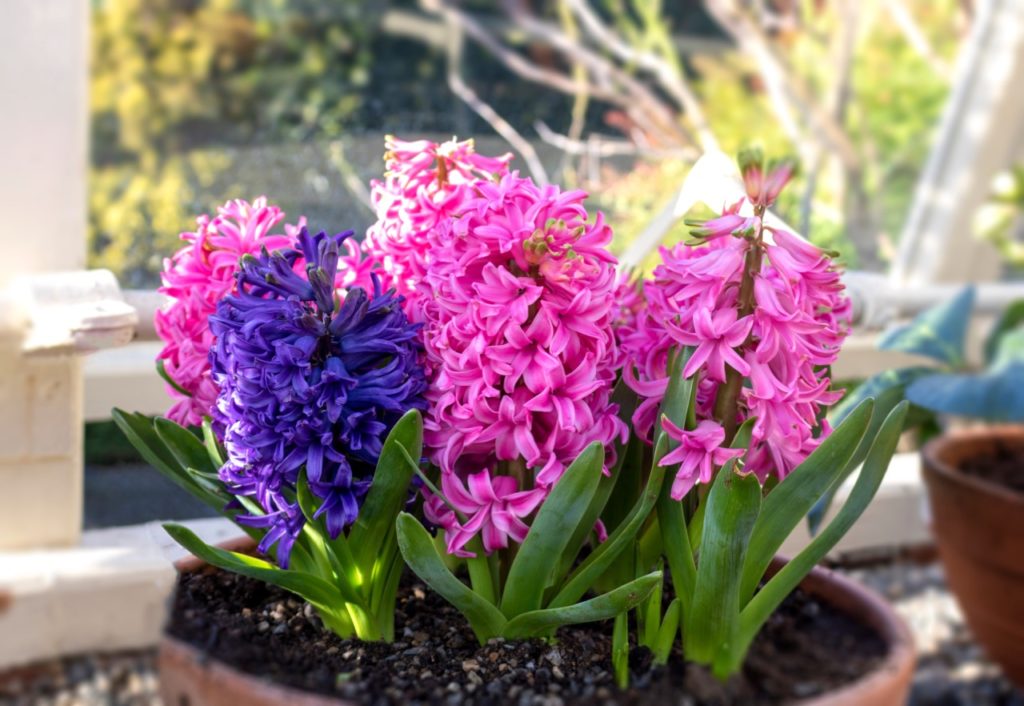
Reduce the amount and frequency of watering down to about half when the leaves begin to yellow and wither.
Continue reducing the amount and frequency of watering, ceasing when the leaves are dead.
Fertilising
Hyacinths in the open ground need to be fed twice a year.
Feed the bulbs in early spring just when the leaves start to sprout with a balanced granular fertiliser to prep the bulbs for the flowering season.
In mid-autumn, they should be fed again to replenish the bulb’s energy reserves for the developing embryo.
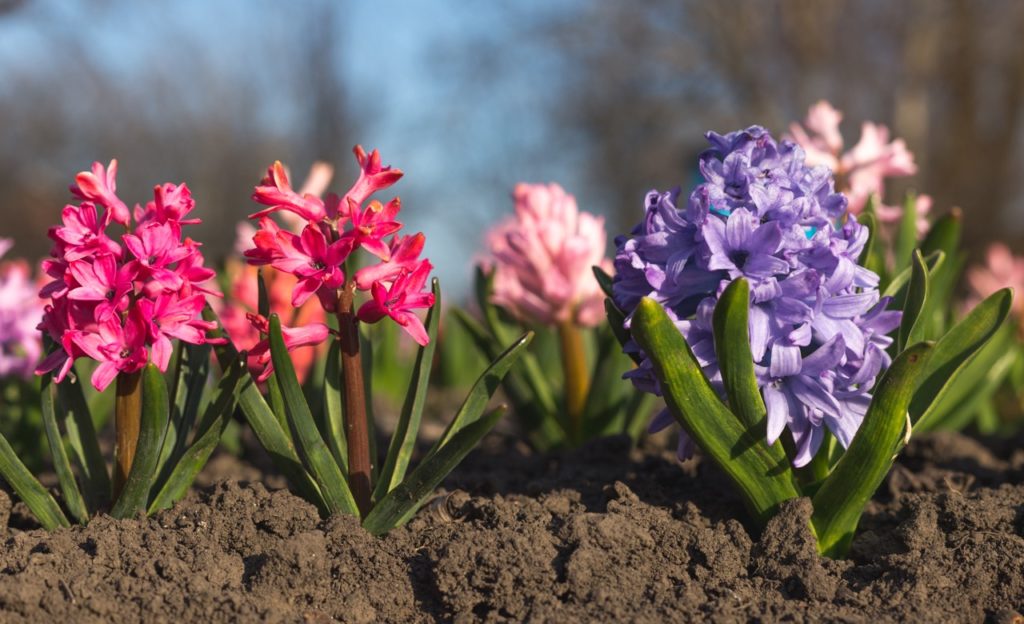
Use the same balanced granular fertiliser and add an equal quantity of bonemeal or other high-potash fertiliser.
These fertilisers can be sprinkled on and patted into the soil around 10cm from the bulbs.
Hyacinths growing in pots may be fed with a suitably diluted balanced liquid fertiliser.
Start in early spring when you see the leaves peeking from the soil and repeat fortnightly.
Deadheading
When the flowers have withered, the stalk should be cut off from the base.
Indoor Growing
Hyacinth bulbs are commonly forced for the purpose of getting them to flower indoors during the Christmas holiday season.
“Forced bulbs can normally be purchased as garden centres in the early autumn,” shares Master Horticulturist Roy Nicol.
To force the bulbs yourself to flower during the desired time, you have to chill them for about 13 weeks at temperatures between 2-9°C.
This can be done in a dark room that is suitably cold, a cooler or even the fridge.
After bulbs have been thus forced and then planted, they will bloom in about 3 weeks, so, if you are aiming for Christmas Day flowers, you need to get started in the first week of September.

If putting hyacinth bulbs in the fridge, do not keep them with fruit like apples and pears, as these will cause the bulbs to lose their vitality.3Wallace, G., & Jauron, R. (2017, October 4). Yard and Garden: Forcing Hyacinth Bulbs Indoors During Winter. Iowa State University: News. Retrieved March 20, 2023, from https://www.extension.iastate.edu/news/yard-and-garden-forcing-hyacinth-bulbs-indoors-during-winter
After 13 weeks of chilling, plant the bulbs in a pot filled with a loam-based medium.
Initially, this should be kept in a cool and dark place but soon after the leaves sprout shifts the pot to a location where it gets indirect light.
When the flower stalk emerges, shift it once more to where it will get sun for most of the day.
Storing
Hyacinth bulbs can be stored in a cool, dry and dark place, such as on a shelf in a cellar.
Initially, they should be left to dry out on a newspaper on a flat surface in a cool, dry and dark room for 3-4 days.
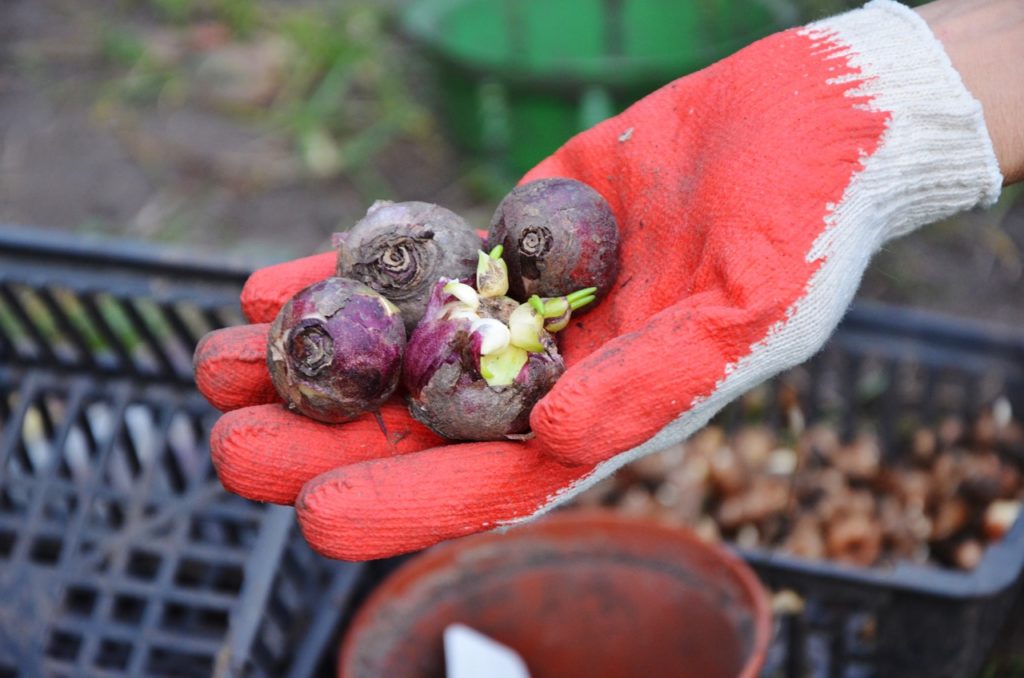
After they have dried, put bulbs in a mesh bag and place that on a shelf or in a cupboard in a cool and dark place such as the basement or a shed.
Keep in mind that you do not have to dig up hyacinth bulbs that are in the ground outdoors
Potted Hyacinth bulbs, on the other hand, cannot just be left in the pot and need to be removed and stored.
Propagation
Though there are several ways of propagating hyacinths, the one that both tradesmen and home gardeners use most frequently is the offset method.
When a bulb is removed from the ground after the leaves are dead, you may see 1-2 very small ‘baby bulbs’ attached to the bulb.
Gently separate this offset from the bulb by working it loose just where it is growing from the bulb, taking care that neither it nor the bulb is damaged or breaks.
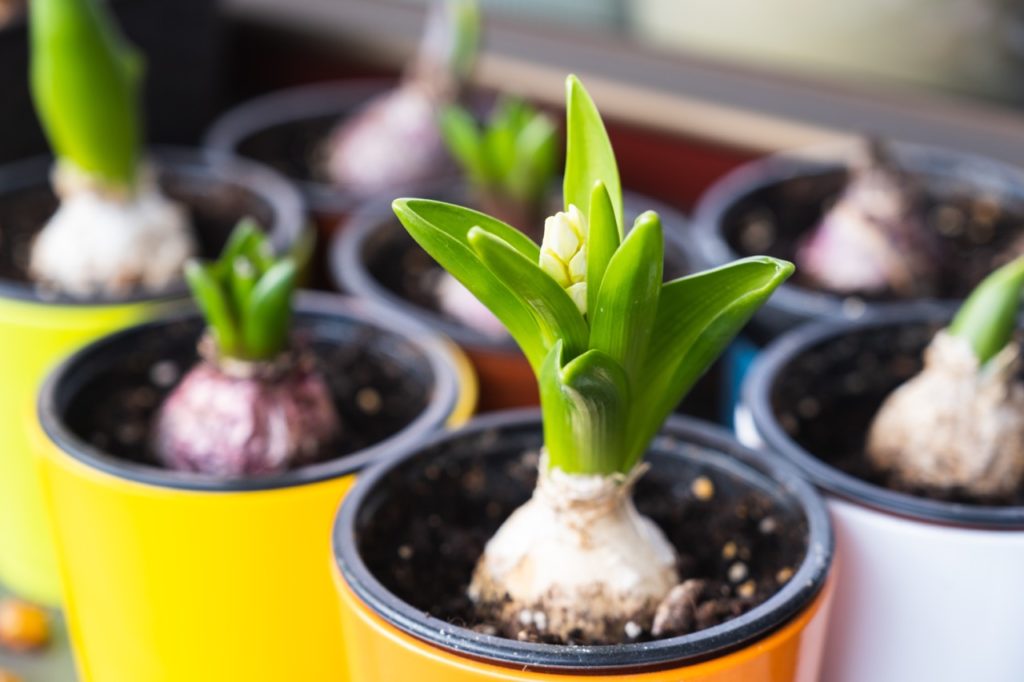
This baby bulb should be planted, watered, and fertilised just like the mother bulb but in proportion to its size.
It will need this type of TLC for 3-4 years as it grows and develops sufficient vigour to produce proper flowers.
It should be said that hyacinth bulbs are not exactly a costly product so instead of going to the time and trouble of growing new plants from offsets, most gardeners simply buy new bulbs.
Common Problems
A big plus point for hyacinths is that they do not suffer from the usual pests or diseases that affect bulbs or flowering plants.
Slugs can sometimes get to them, but these icky garden pests are not difficult to control or kill.
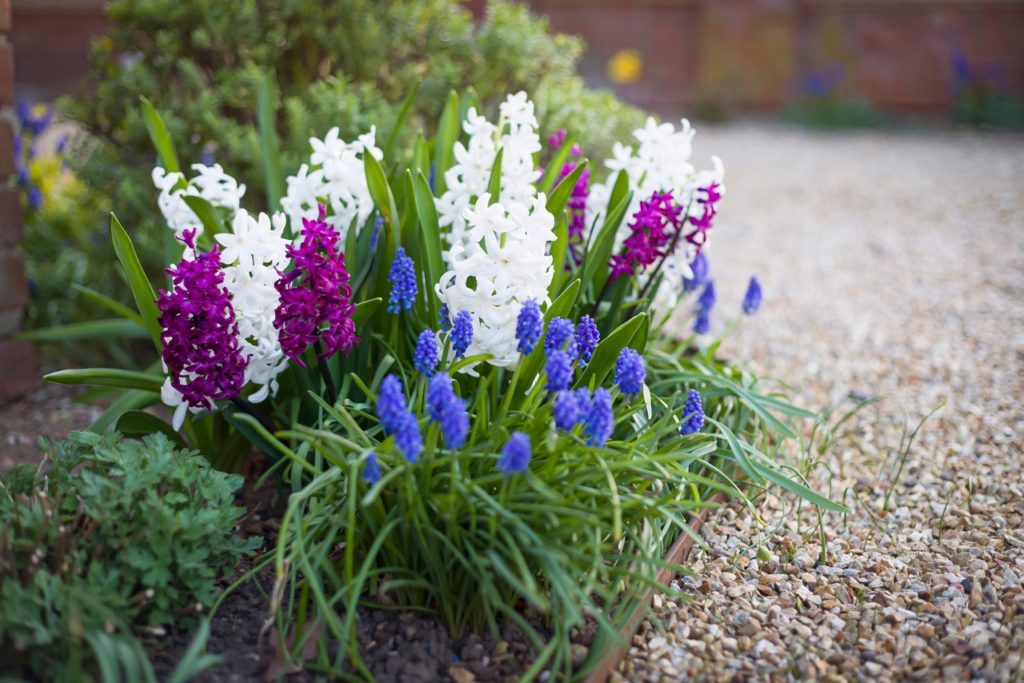
The problem is that squirrels, voles, rats, and mice eat hyacinth bulbs.
If you face this problem, you can try to deter these pests by fertilising the soil with bloodmeal, wormwood or garlic.
Otherwise, the bulbs may need to be protected from rodents with wire netting.
Companion Planting
Hyacinths are commonly grown and seen as plants for mass plantings and borders, and as beautiful springtime specimen plants positioned close to the home.
They are also kept as indoor plants, usually during the holiday season.
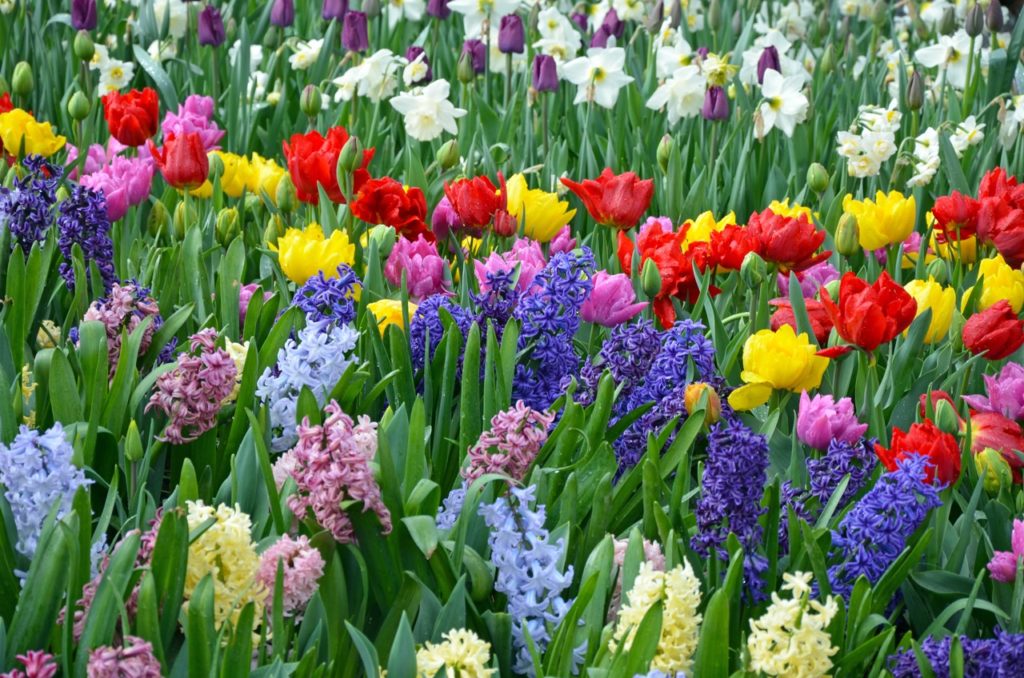
Hyacinths and other spring bulbs like tulips and daffodils are sometimes used as companion plants for each other.
Primroses would set hyacinths off most attractively, with each plant, assuming that the varieties are well-chosen, complementing the other wonderfully well.
References
- 1Household and Garden Plants. (2006, January 1). Science Direct; Elsevier BV. https://doi.org/10.1016/b0-72-160639-3/50022-8
- 2The BRAHMS Project, University of Oxford, Department of Plant Sciences. (n.d.-e). Hyacinthus orientalis. Oxford University Plants. Retrieved March 20, 2023, from https://dps007.plants.ox.ac.uk/bol/plants400/Profiles/GH/Hyacinthus
- 3Wallace, G., & Jauron, R. (2017, October 4). Yard and Garden: Forcing Hyacinth Bulbs Indoors During Winter. Iowa State University: News. Retrieved March 20, 2023, from https://www.extension.iastate.edu/news/yard-and-garden-forcing-hyacinth-bulbs-indoors-during-winter

